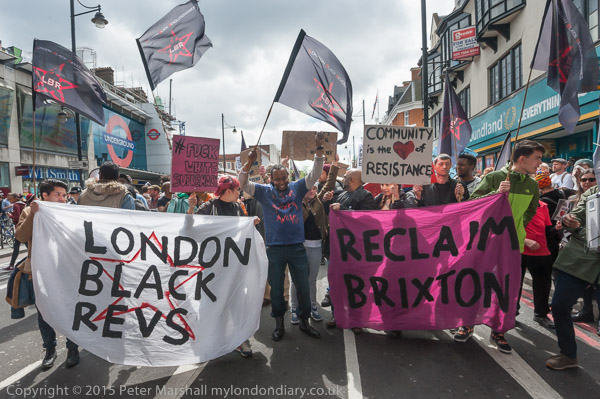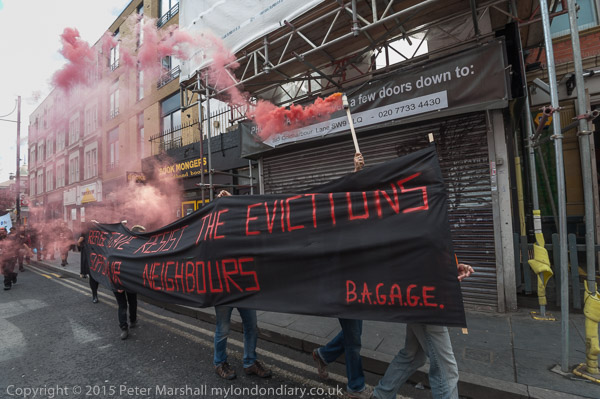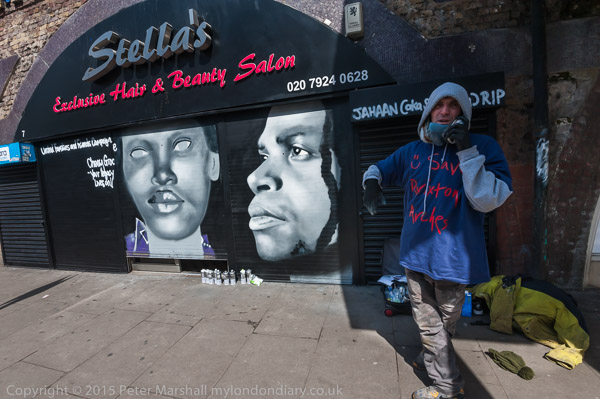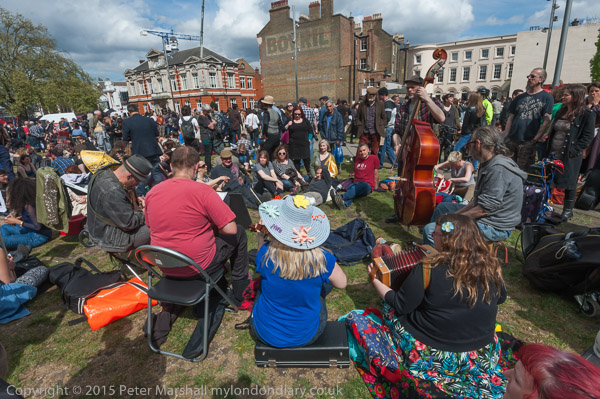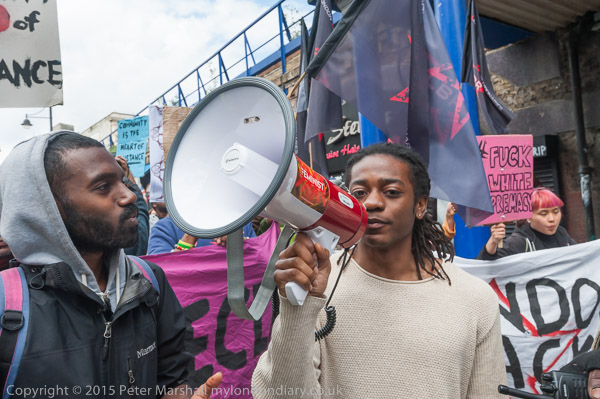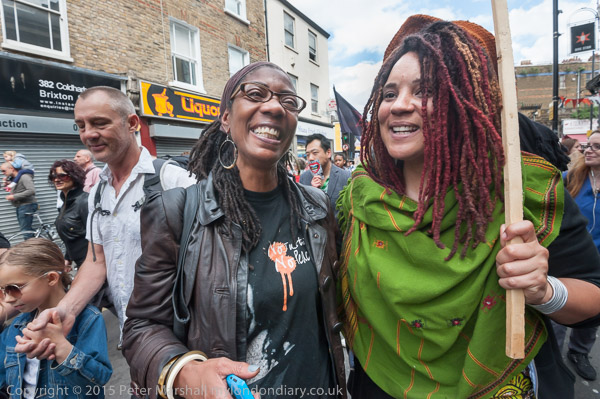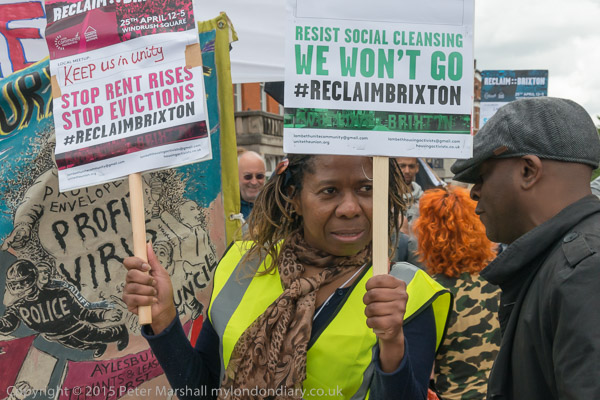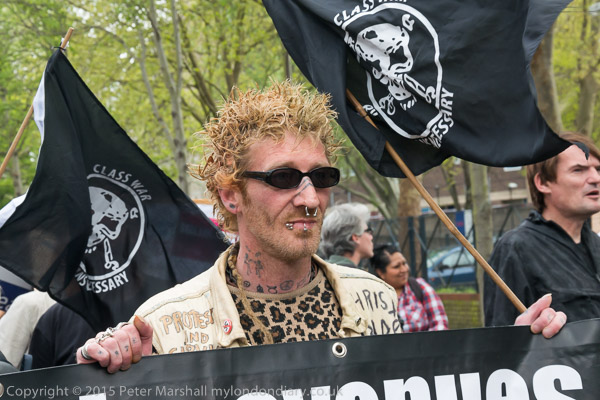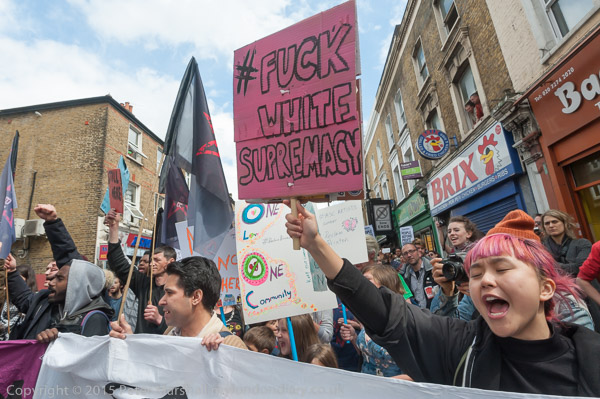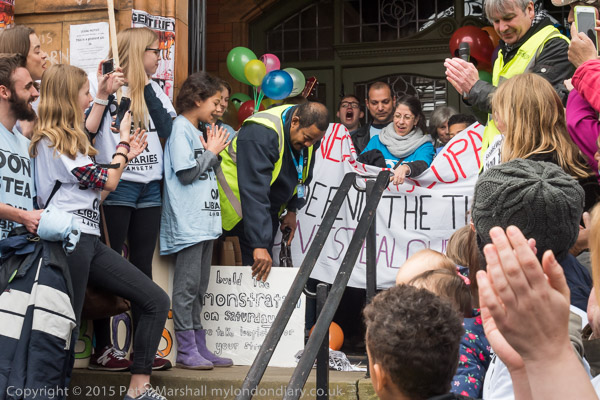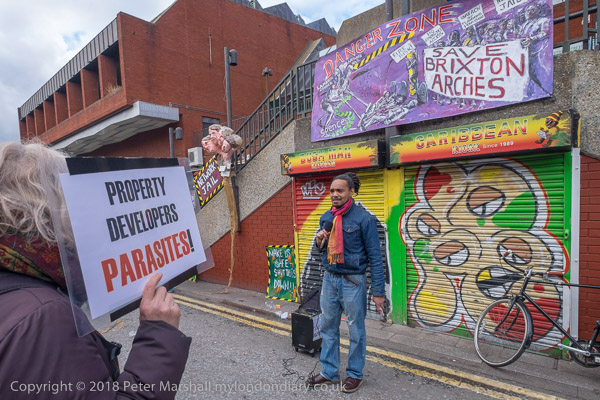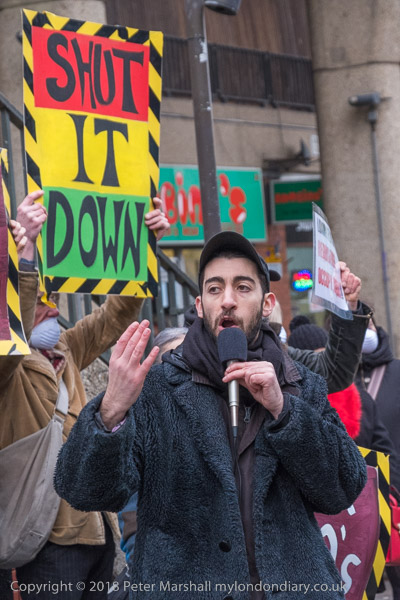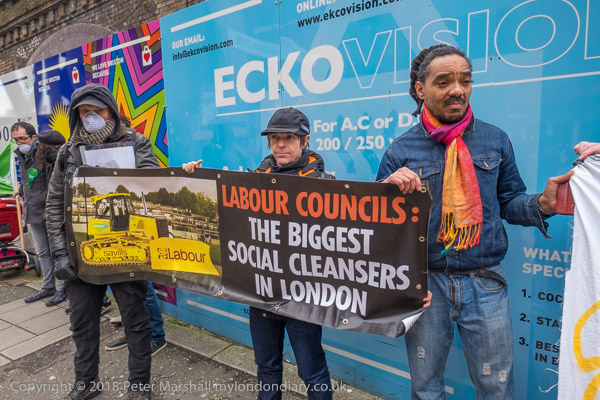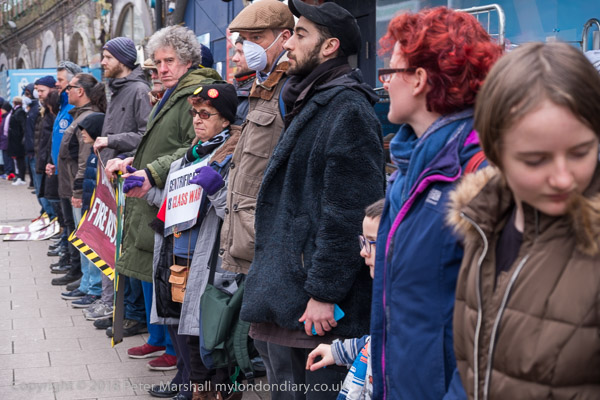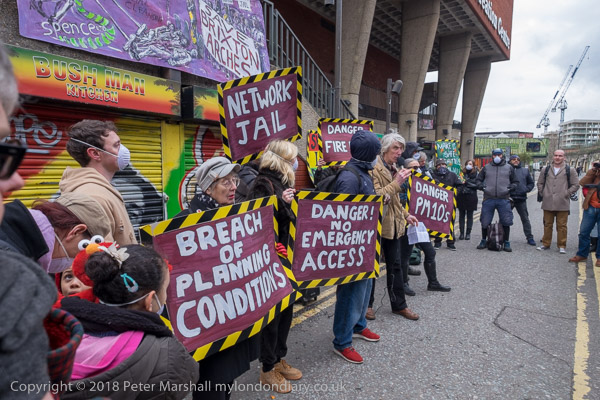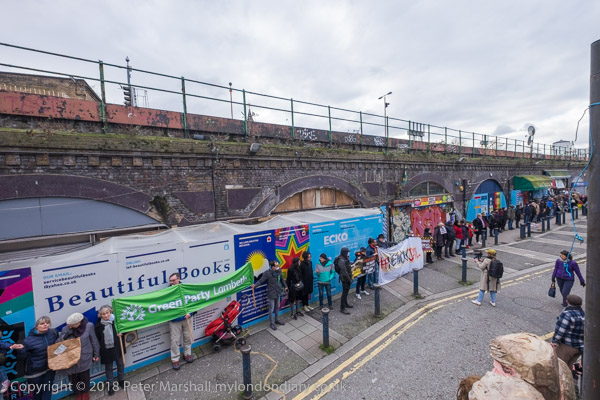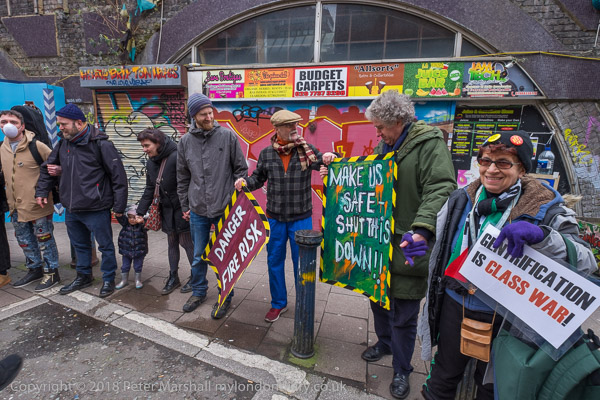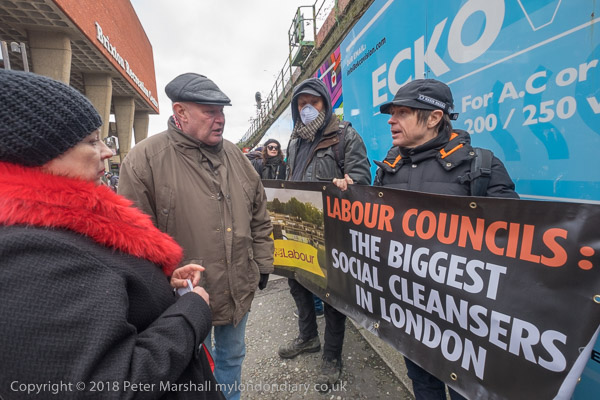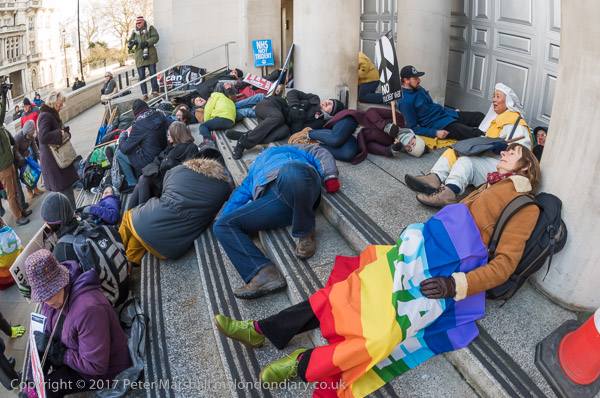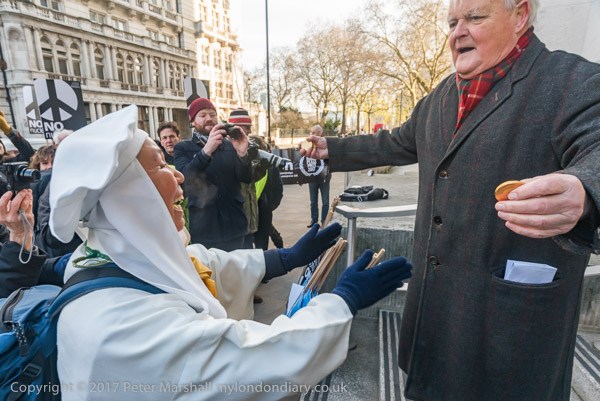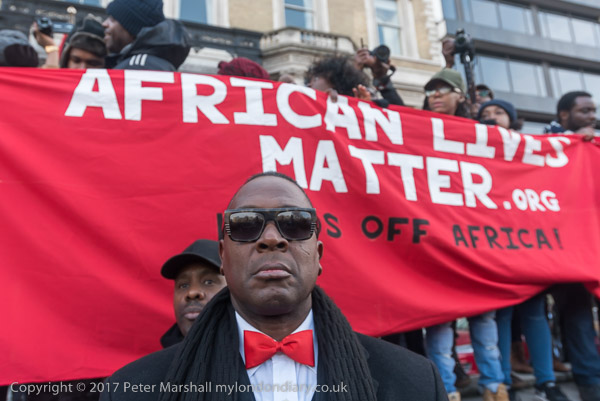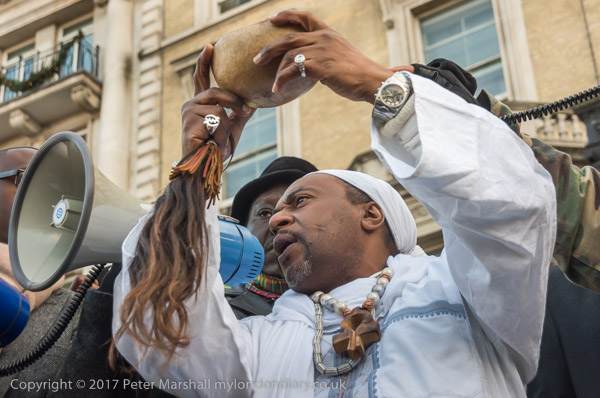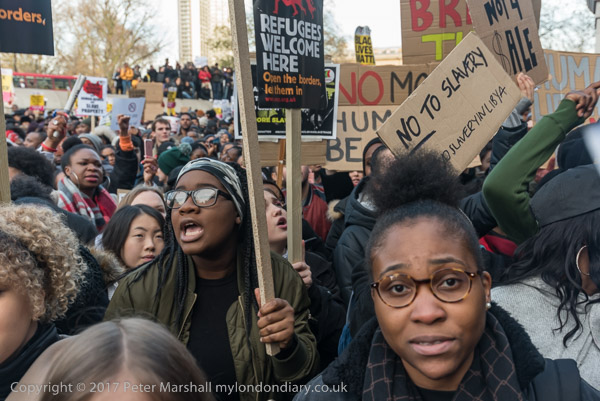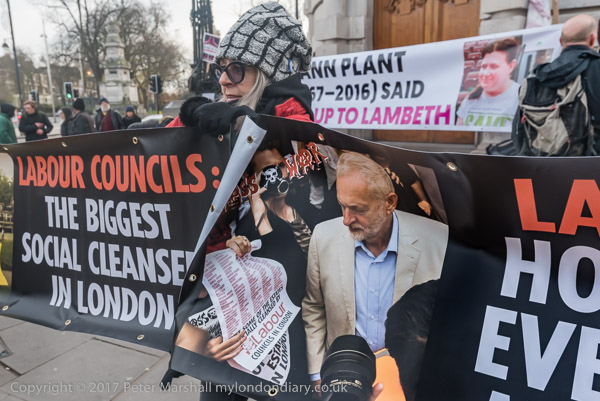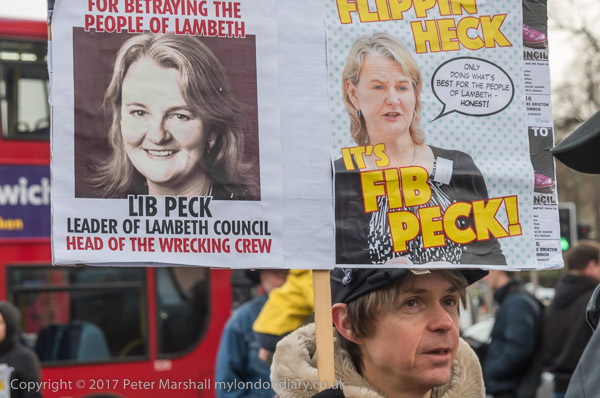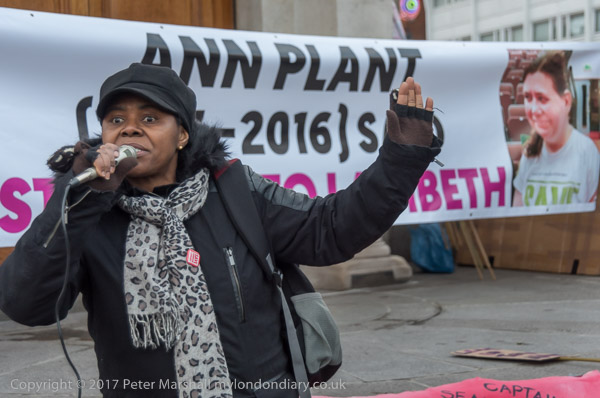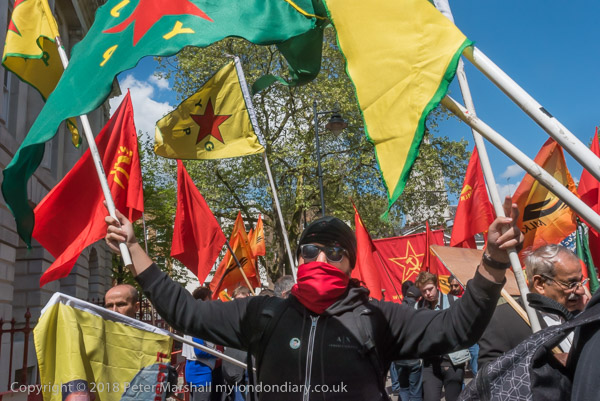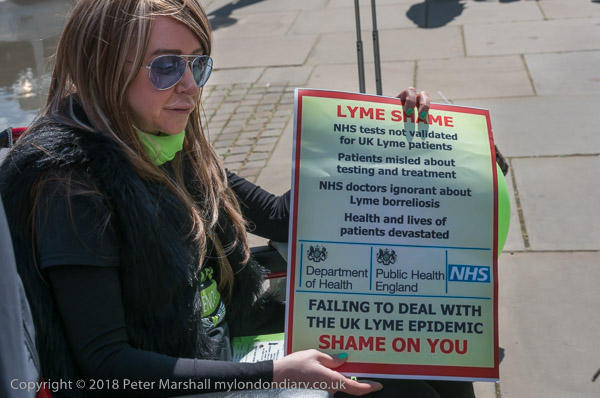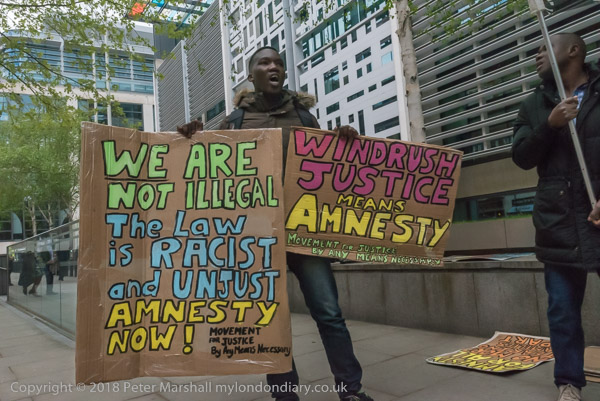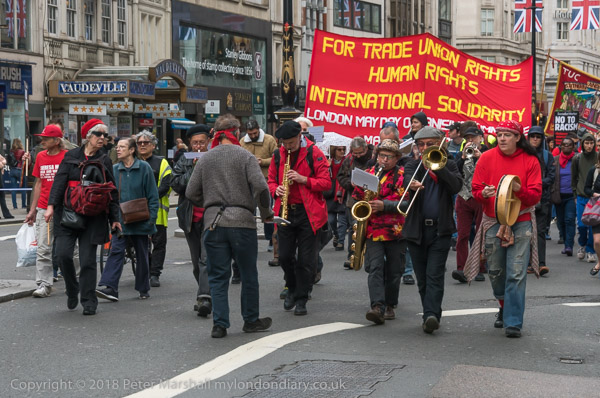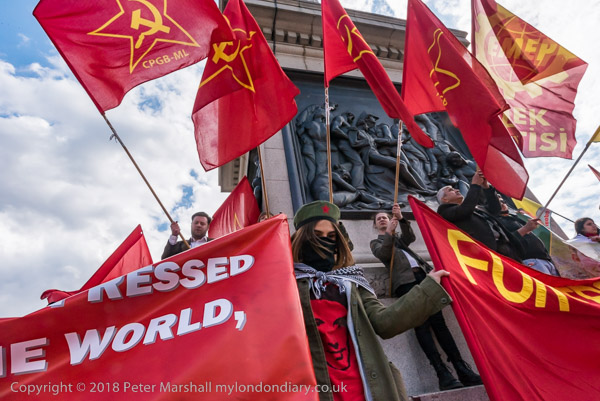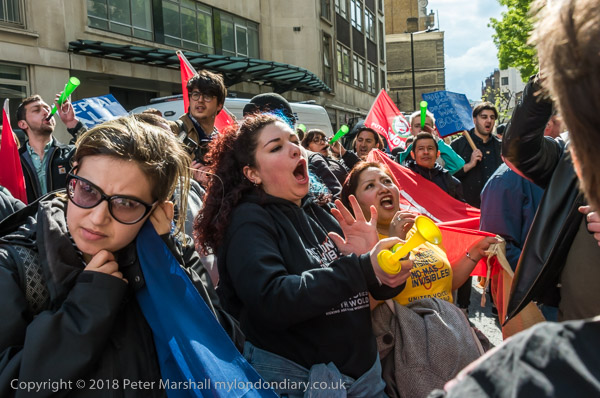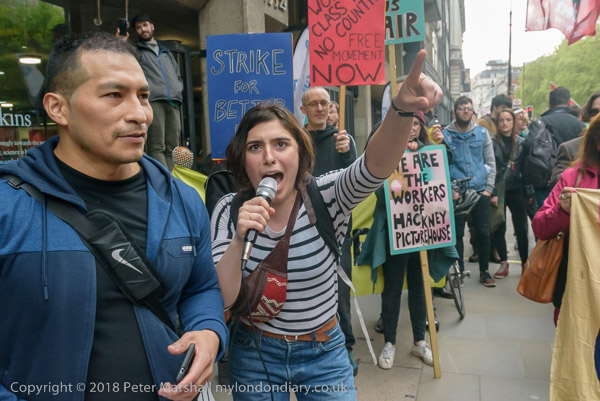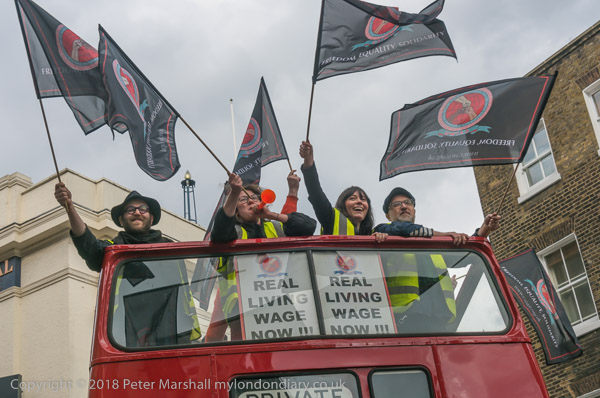Libraries, Cameron, Grand National, Abortion & Colombia – Saturday 9th of April 2016 was a busy day for me photographing protests across London.
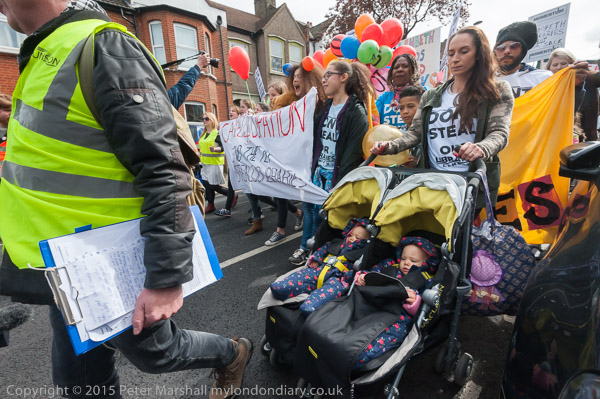
Lambeth Libraries Occupation and March, Herne Hill
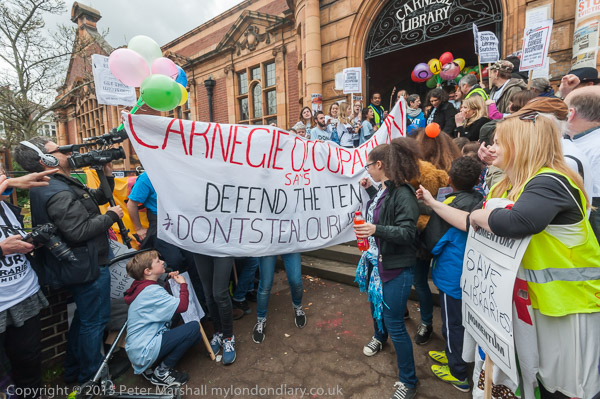
My day began in Herne Hill in South London, where campaigners had been occupying the Carnegie Library since March 31st fighting Lambeth council’s plans to turn the building into a fee-charging gym run by Greenwich Leisure Ltd with an just unstaffed lounge with books. They emerged to a huge welcome from over a thousand campaigners after their occupation had given the campaign national news coverage and huge support from around the country.
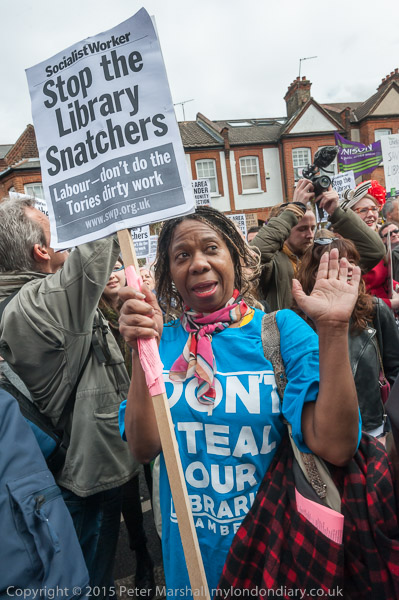
The came out to lead a march to save all of Lambeth’s Libraries after they had been forced to leave by an injunction obtained by Lambeth Council. The march was going via the Minet Library, also closed by the council on 31st March to a rally opposite the town hall in Brixton.
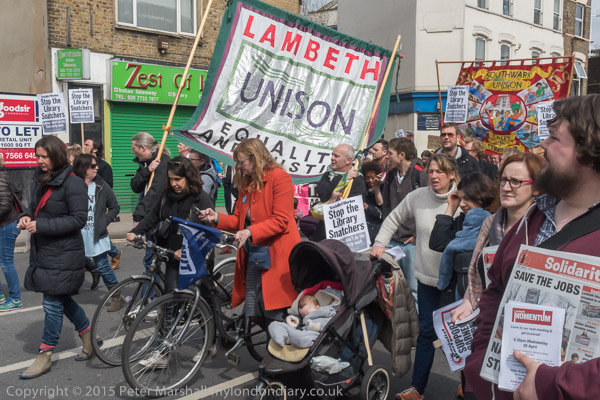
I left the marchers to take a train from Loughborough Junction back to the centre of London.
Carnegie Library Occupation Ends
March to Save Lambeth’s Libraries
Cameron must go! Downing St
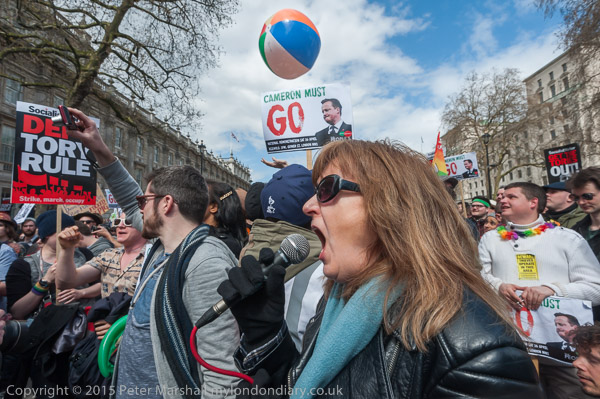
When I arrived, a large and lively protest outside the gates of Downing St was blocking traffic in Whitehall calling on Cameron to resign because of the lack of trust about his financial affairs following the revelations in the Panama papers.
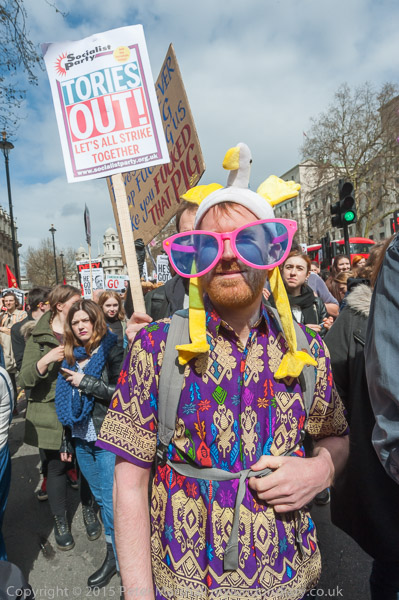
Many protesters had come in party mode, with flowered garlands, Panama hats and suitably Central American dress and some with placards and posters referring to Cameron’s pig-related activities.
Stop Grand National horse slaughter, Channel 4, Horseferry Rd
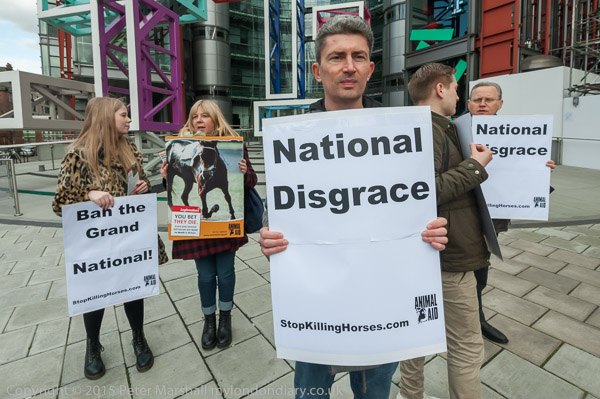
I left Whitehall where the party was still continuing outside Downing Street and walked to Channel 4’s London HQ, where a small group was protesting the cruelty to horses involved in the Grand National and other similar races. Already 4 horses had been killed that year in the current race meeting at Aintree, and at least 46 following accidents at the annual meeting there since 2000.
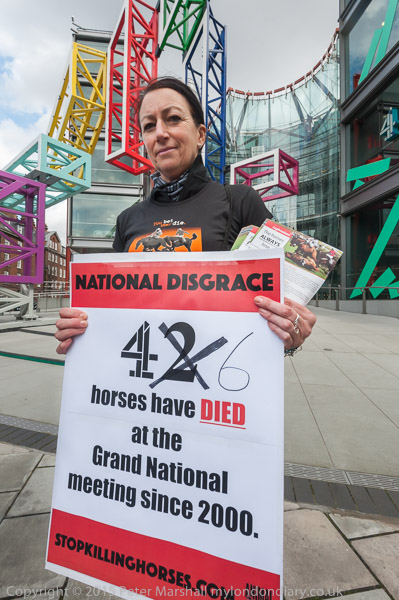
Race horses seldom if ever actually die from the accidents, but a broken leg makes them worthless and rather than spending money on keeping them alive they are killed.
Stop Grand National horse slaughter
Don’t Criminalise Abortion in Poland, Polish Embassy
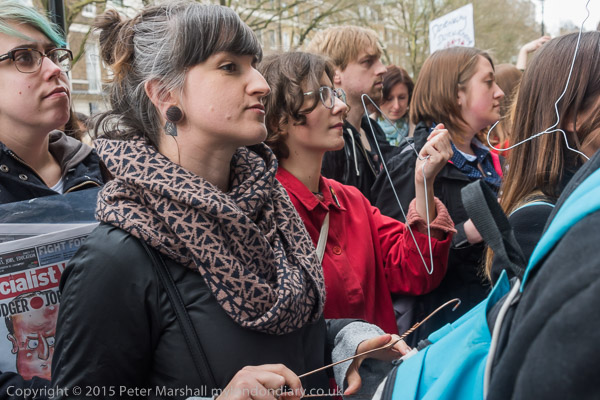
From Horseferry Road where the protesters told me more people were coming to join the protest I took the tube to Oxford St and rushed up Regent St and Portland Place to the Polish Embassy, where a crowd of several hundred Poles and supporters were supporting large protests in Poland against the bill proposed by the Law and Justice Party (PiS) which will outlaw abortion in all cases, protecting the life of the unborn child even where this may cause extreme distress or even death for the mother.
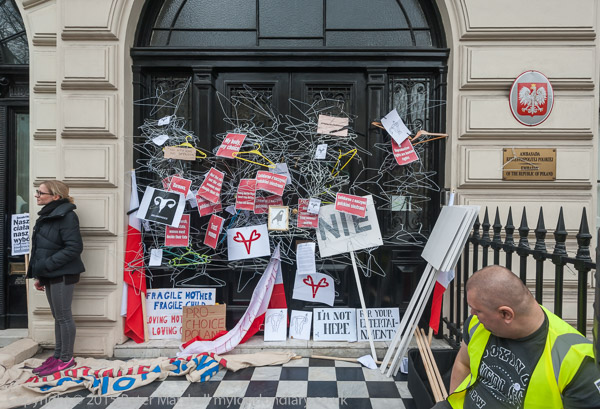
At the end of the protest they hung wire coat-hangers, a traditional crude tool of back-street abortionists, on the embassy door and fence.
Don’t Criminalise Abortion in Poland
Party against Cameron, Downing St
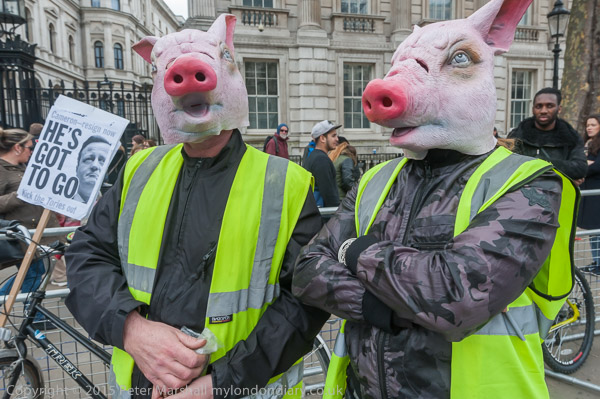
I took the tube back to Charing Cross and walked down to Downing Street and the party which had begun before lunchtime was still going on there at 4pm, though most of the people had gone home.
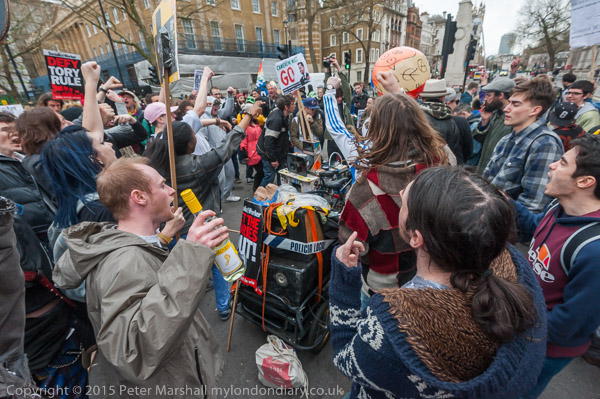
They were still blocking the side of Whitehall next to Downing Street and there was dancing on the street to a sound system and it was more of a street party. Police were still standing back and watching but seemed to be making no attempt to clear the street.
End Killings in Colombia, Trafalgar Square
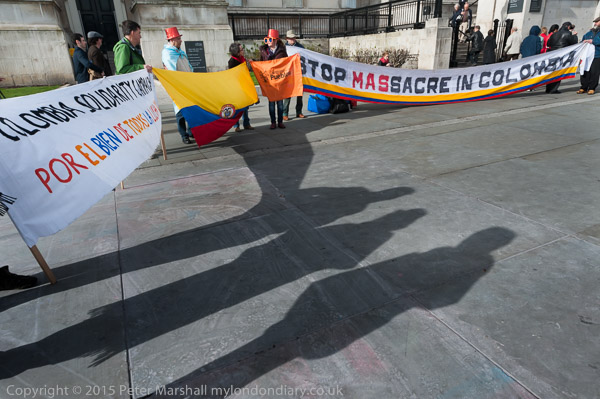
In Trafalgar Square an emergency protest was taking place on the North Terrace against the massacres in Colombia, organised by the UK Congreso de los Pueblos and Marcha Patriotica supported by the Colombia Solidarity Campaign. The protest was held in solidarity with those taking place that day in Colombia against political persecution and calling for an end to paramilitary killings. They want peace, human rights and democracy in Colombia.
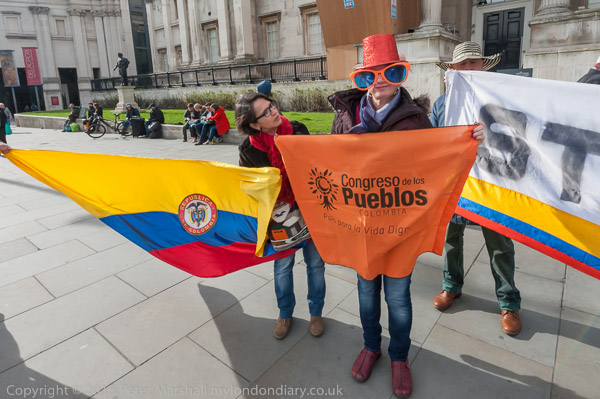
It’s sometimes difficult to understand what is happening in Colombia – as in some other foreign countries. Our news media seldom report fully and often take a very biased view, relying on reports reflecting only the views of big business, the wealthy classes and US propaganda. Here’s what I wrote about the situation:
Conservative opposition politicians led by former president Alvaro Uribe have protested against ongoing peace talks with leftist rebel groups by President Juan Manuel Santos. Uribe is opposed to talks with FARC and the ELN. If there was a peace agreement there could be investigations of the various human rights abuses and corruption scandals that took place while he was in power. The conservative protest follows earlier protests last month by mainly left and rural Colombians in support of Santos and the peace talks.
End Killings in Colombia
I was tired and it was time to go home.
End Killings in Colombia
Party against Cameron
Don’t Criminalise Abortion in Poland
Stop Grand National horse slaughter
Cameron must go!
March to Save Lambeth’s Libraries
Carnegie Library Occupation Ends
